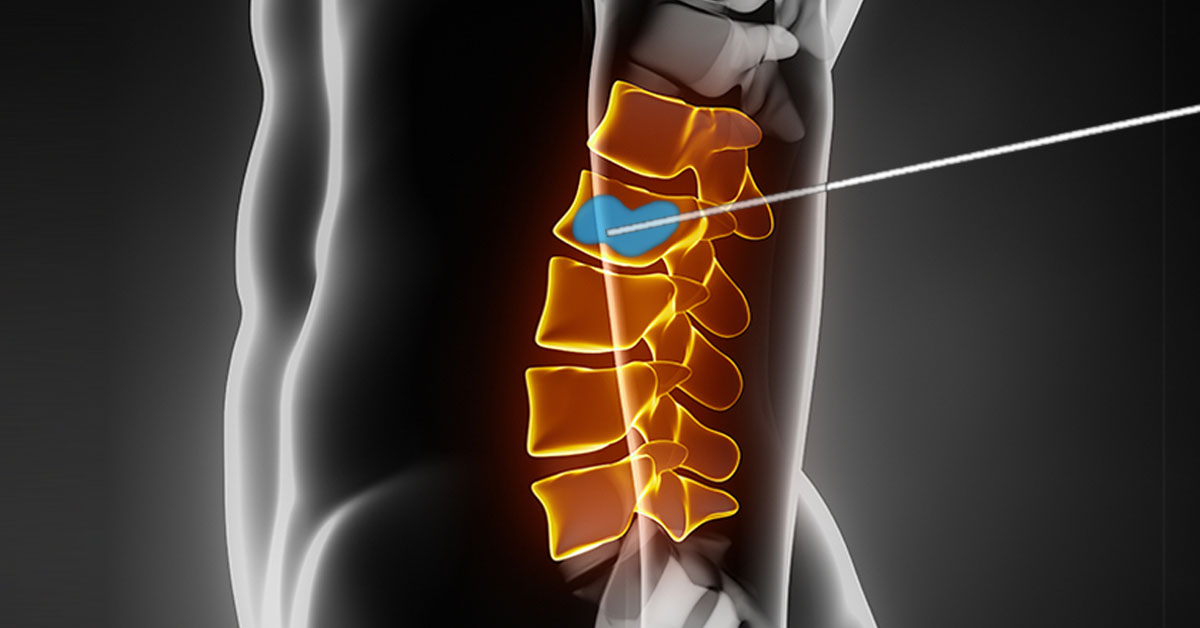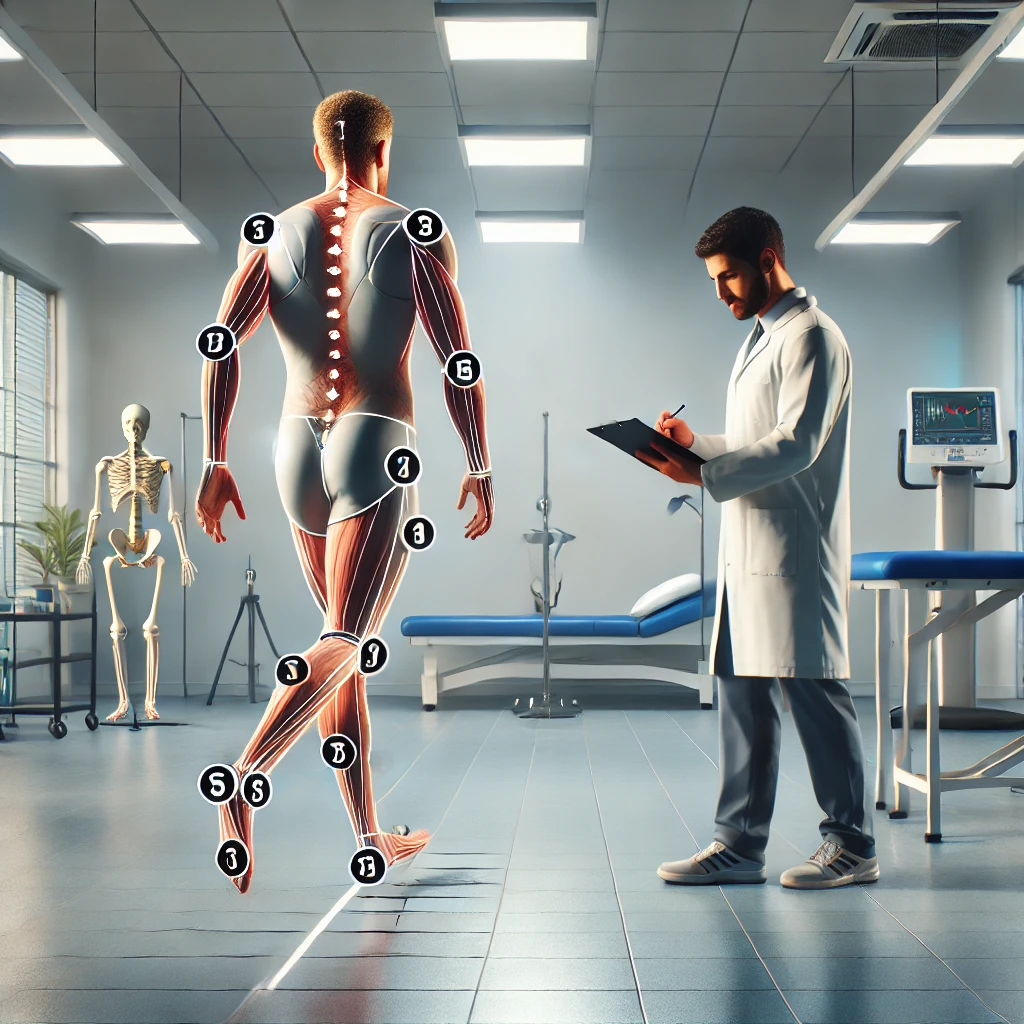What is Persistent Back Pain?
Persistent back pain refers to chronic discomfort in the lower, middle, or upper back that lasts for weeks or months. It can limit mobility and overall well-being. Mr. Irfan Malik offer tailored treatment plans to manage and alleviate persistent back pain effectively.









